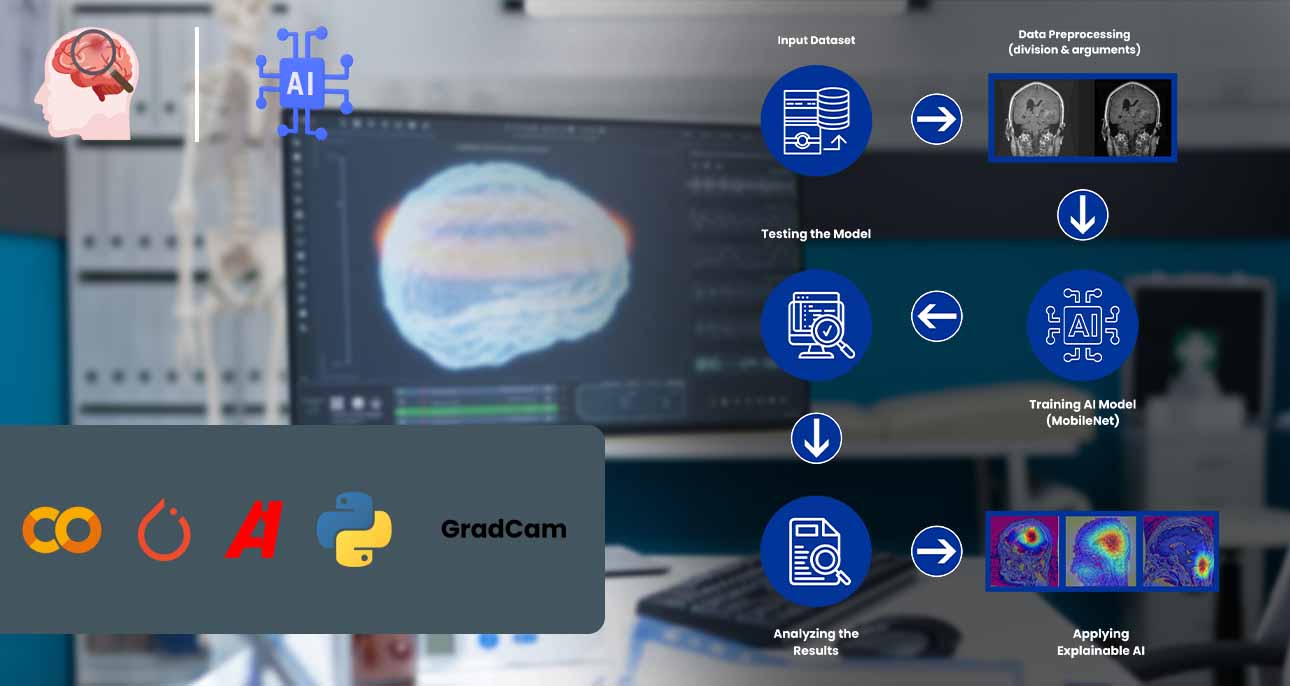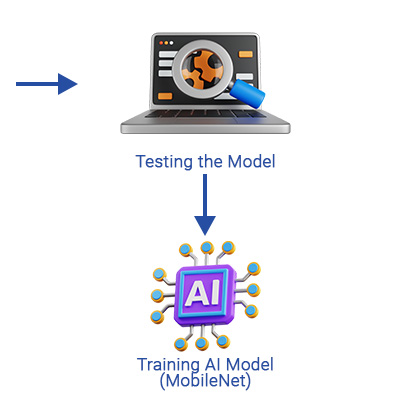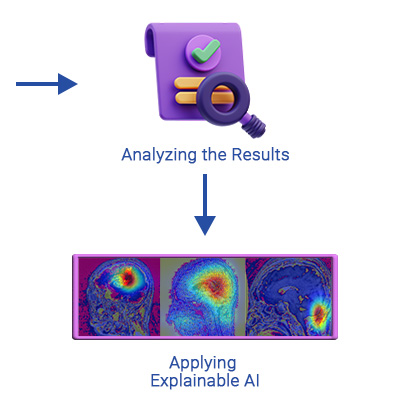Explore our brain tumor classification project, powered by the potent MobileNetV2 AI model, delving into the forefront of medical technology. This initiative merges advanced artificial intelligence with medical diagnosis, exemplifying the synergy between innovation and healthcare. Positioned at the intersection of technology and medicine, our project highlights AI's transformative capacity in enhancing early detection and providing informed medical assessments, marking a significant stride towards improved patient care and outcomes in neurology. Embark on an exciting exploration of the latest advancements in medical technology with our pioneering brain tumor classification project. Utilizing the cutting-edge capabilities of the MobileNetV2 AI model, we're pushing the boundaries of innovation to redefine how brain tumors are diagnosed and treated.

This project represents a fusion of state-of-the-art artificial intelligence and the complexities of medical diagnosis, showcasing our commitment to revolutionizing healthcare. By harnessing the power of AI, we're not only enhancing early detection methods but also enabling more accurate and informed medical assessments. Our endeavor stands as a beacon of progress in the field, demonstrating the remarkable potential of technology to positively impact patient outcomes and transform the landscape of neurology.



The Brain tumor classification project significantly improves diagnostic accuracy, minimizing misdiagnoses and enabling more informed medical decisions, thus enhancing patient care and outcomes. By automating classification with our AI model, medical professionals save time, redirecting focus to personalized care and complex decision-making. This alleviates the burden on healthcare teams and enhances the quality of services provided. Moreover, by reducing manual labor in image analysis, the project leads to long-term cost savings, as fewer resources are needed for repetitive tasks, and the investment in AI technology yields returns through enhanced efficiency.
The dataset employed in this project comprises images captured from various angles, including top, back, and left perspectives, offering a comprehensive view of the subject matter. However, it's important to note that the dataset was not balanced, meaning that the training and testing datasets contain an uneven distribution of images across different angles. To address this challenge and ensure the robustness and reliability of our model, we're implementing explainable AI techniques. By employing explainable AI, we gain insights into how the model makes decisions, allowing us to interpret its behavior and identify any biases or limitations. This approach not only enhances our understanding of the model's workings but also enables us to mitigate potential issues stemming from dataset imbalances, ultimately leading to more accurate and trustworthy results in our brain tumor classification project.
After acquiring the dataset, we segmented it into subclasses like glioma_tumor_top_angle and meningioma_tumors_left_angle to address the variability in image angles effectively. Augmentation techniques were then utilized to enrich the dataset, thereby enhancing data diversity and bolstering the robustness of our approach. For classification, we employed the AI model Mobilenet-V2, known for its efficiency and accuracy. To gain insights into the model's decision-making process, Grad-CAM was applied, enabling explainable AI and providing a clearer understanding of how the model operates. This comprehensive solution ensures more reliable and interpretable results in our brain tumor classification project.